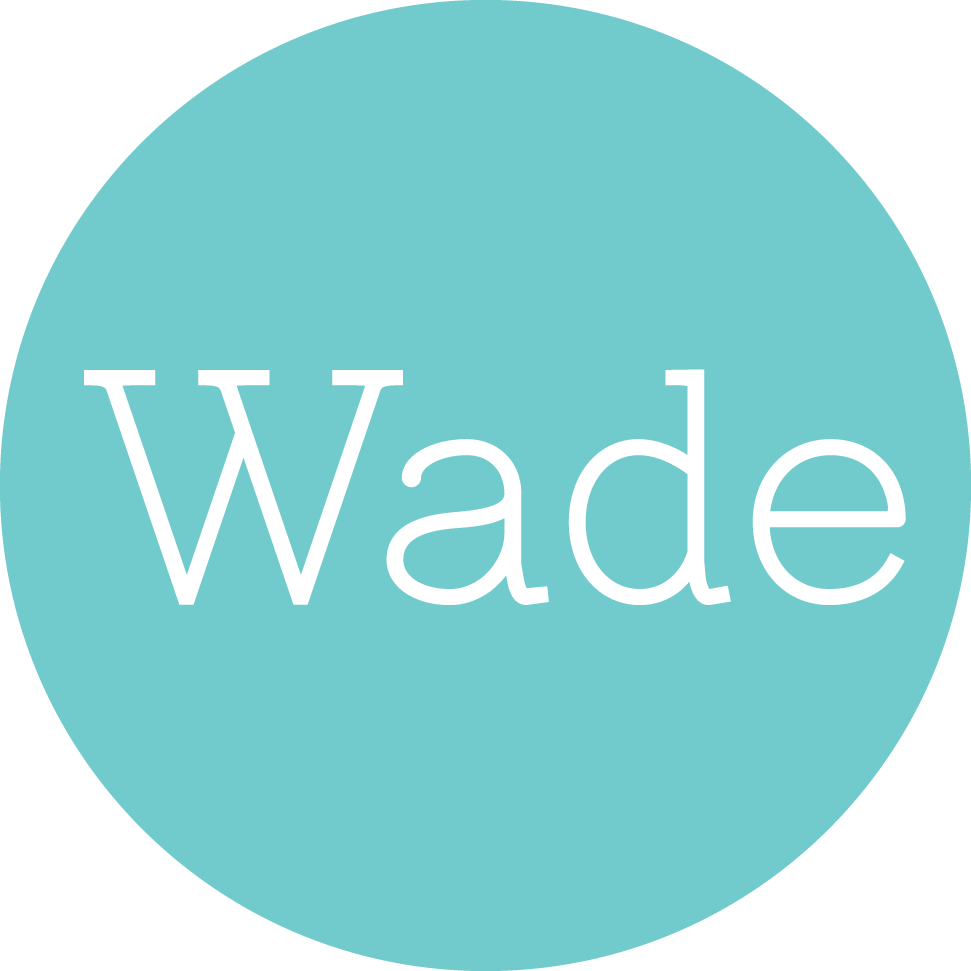Grounding myself with a word or short phrase, also known as my power intention, is one of the most powerful tools I practice, year after year. Instead of feeling overwhelmed with all of the individual "things" I could do in 2021, it helps to create a personal statement of intention that supports me when making decisions, creating priorities and shifting my mindset. I use my power intention to take action. Whenever I feel stuck, I re-ground into my power intention to help guide the way.
Do you have your own ritual? If not, selecting an empowering word or phrase is a great way to clarify and prioritize your desires and wants -- supporting you living and loving your life.
2020 was a year we will all remember. Thank goodness I had my power intention this last year to keep me centered. My words were “Trust & Receive”, and I am so glad I had these to lean into and keep me focused. Trust helped me let go of control and the need to white-knuckle every situation in my personal and professional life. Instead, I got to soften, open my heart, live in flow and have faith that all will work out. This practice helped me soften the internal tension I can feel when I get into overdrive, “hustle and do mode”. I was able to relax my nervous system, calm my mind and stay more open and present. This was key for me to not face burnout. When I would sense I was over-doing it, the practice of Trust & Receive let me relax and let the process unfold however it was going to unfold.
In 2019, “Joy”, was my power intention. I incorporated this sparkly, loving energy into my mindset at night when my head hit the pillow and in the morning when I awoke. Using Joy as my focus supported me cultivating more gratitude, having more ease and living with a more playful demeanor, which was game-changer in my relationships and approach to my business. I know from the power of coaching, “wherever your intention goes, your energy flows”. When I plant my power intention, I get to focus my gaze and watch something important grow.
My power intention for 2021 has two primary pillars: "Trust & Rays of Light”. Trust was such a juicy word for me that I feel like my work with it isn’t complete. I want to continue to integrate trust into 2021, especially focusing on how trust shows up within myself and my relationships. “Rays of Light” symbolizes sunshine, warmth, healing, being seen, bright, happy, hope, possibilities, expansion and abundance. I want to be rays of light for the world as well as harness this light from the inside out. I hold this image of rays of light spreading allover the globe, illuminating dark corners with awareness.
As I set my power intention for a new year, I get to pay attention to what Trust and Rays of Light feel like in my body, what activities help me tap into these words, and how I get to choose my power intention on a daily basis. These words get to be the lens through which I experience life over the next 12 months. How exciting!!!
Now it’s your turn. What is your one word or phrase you want to embrace in this new decade as your power intention?
To support your reflection process, walk through these steps and see what you discover:
1. Journal the prompts below:
What are you celebrating from 2020? Where do you see some gaps?
How do you want to feel in 2021? (Describe in full detail)
What would your life look like if you gave yourself full permission to do, to be or to say anything?
2. Reflect on what you just wrote, and circle all of the words that stand out to you. Now, narrow it down to one, two or three words (no more than that or it just turns into a laundry list). Pay attention to what word(s) support how you want to feel and be in 2021.
3. Ask yourself: Does this word (or words) create an empowering phrase for me? If yes, you got your power intention for 2021!
If not, narrow your word choice down by closing your eyes and breathing each word in and out. Notice which word stands out to you the most and note whether it brings you tingles, opens your heart, creates some fire in your belly or makes you smile. What word(s) help inspire the year you want to live? These are typically signs that you discovered something meaningful.
4. Now, create a visual for your power intention. Whether is it a fancy drawing or a post-it note, place a visual of your power intention where you will see it on a daily basis.
Take note as the perfect word or words come alive for you! Please share! (in-person, email, social media, snaps, grams, by phone, or in the comments below!) If you did this activity last year, take a moment to reflect and connect. See what dots aligned and what you might want to do differently this upcoming year.
5. Use it or lose it. Let's start integrating your power intention into your life right away. Join me for my virtual Intention Setting Party workshop to help you take your Power Intention to the next level. Learn more here:
January 9th @ 11am PST- 2pm PST. Learn more and Sign Up Here.






















